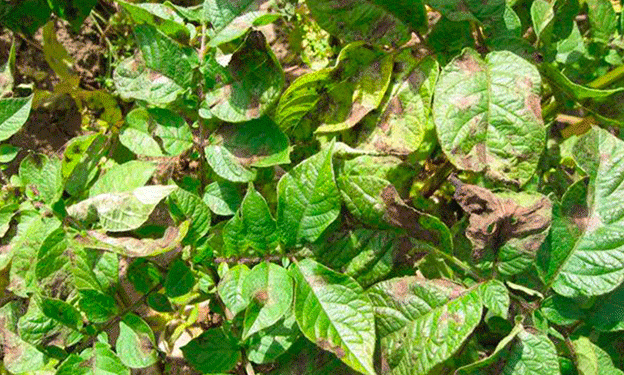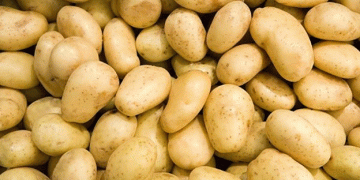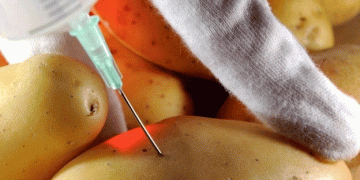Late Blight Confirmed in St. Joseph County, Michigan
Late blight, a serious and potentially devastating disease for potato crops, has been confirmed in a commercial field in St. Joseph County, Michigan. The detection was reported on July 23, 2024, by Dr. Amanda Gevens from the University of Wisconsin-Madison. The disease, caused by the pathogen Phytophthora infestans, was found in a small section (~5 sq. ft) of the field. The genotype identified is US-23, which is typically manageable with phenylamide fungicides such as mefenoxam and metalaxyl.
Current Risk and Management
Despite the confirmation of late blight, the current risk level in Michigan is considered low to medium. This is attributed to the relatively favorable conditions over the past few weeks, characterized by frequent and heavy rain events. Farmers are advised to remain vigilant and proactive in their crop management practices. Preventative foliar programs and diligent crop monitoring are strongly recommended to prevent the spread of the disease.
The UW-Madison Vegetable Disease & Insect Forecasting Network provides ongoing late blight forecasting for the Upper Midwest. Farmers can access this resource at UW-Madison VDIFN for up-to-date information.
Regional Context and Monitoring
The detection in Michigan follows early July reports of potato and tomato late blight (US-23 genotype) in Kent and Elgin counties in Ontario, Canada. Since these initial reports, no additional regional detections have been documented. The USAblight network, offers current year information on late blight occurrences.
Additionally, the MSU Potato and Sugar Beet Pathology program has deployed experimental spore samplers in research and commercial fields in Montcalm County. To date, no Phytophthora infestans DNA has been detected from these samplers, indicating that the spread may still be limited.
The confirmation of late blight in St. Joseph County underscores the importance of continuous monitoring and timely management in potato farming. While the current risk is manageable, the recent weather patterns necessitate heightened vigilance. By leveraging resources such as the UW-Madison VDIFN and USAblight network, farmers can stay informed and implement effective disease management strategies.






